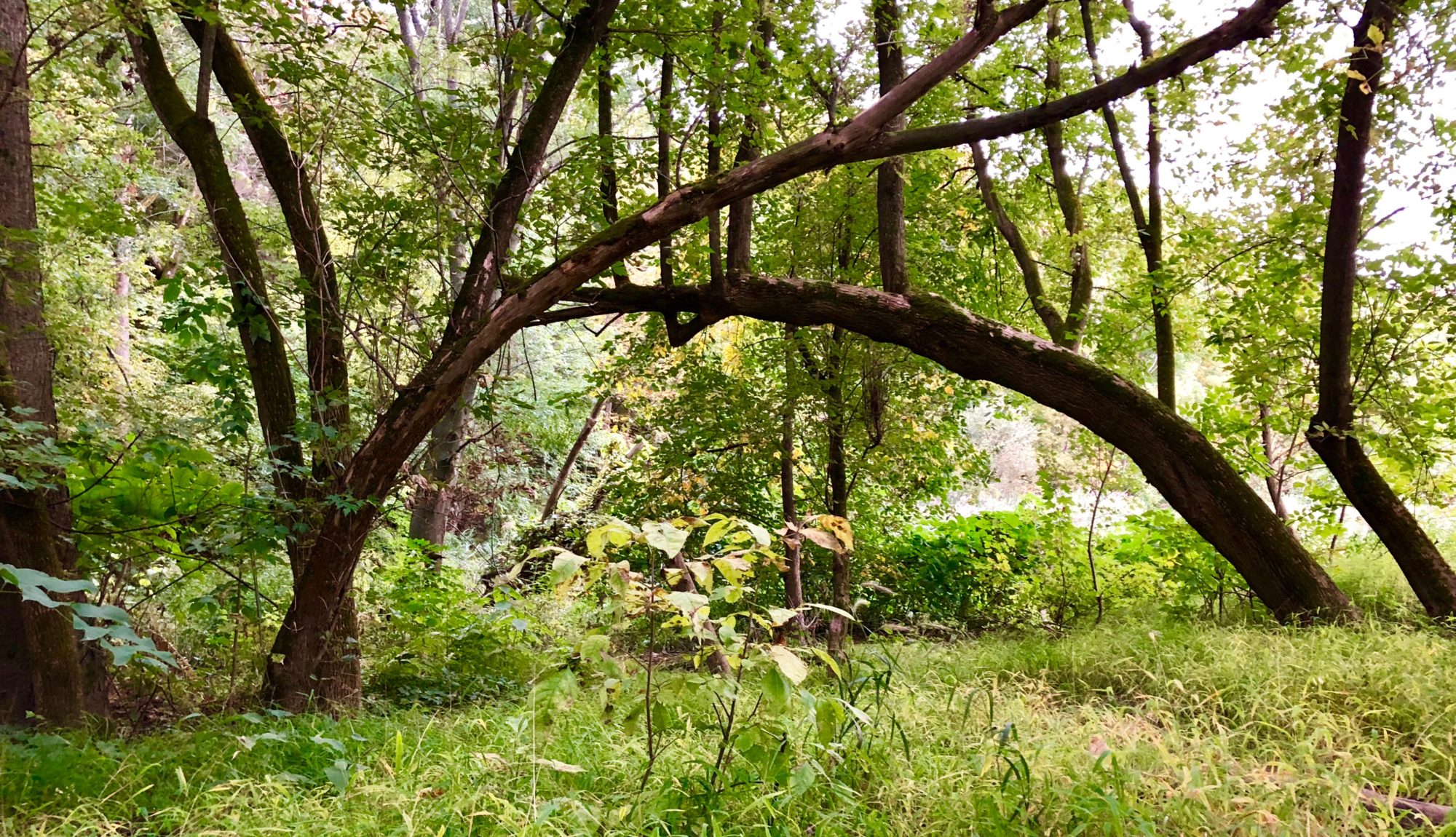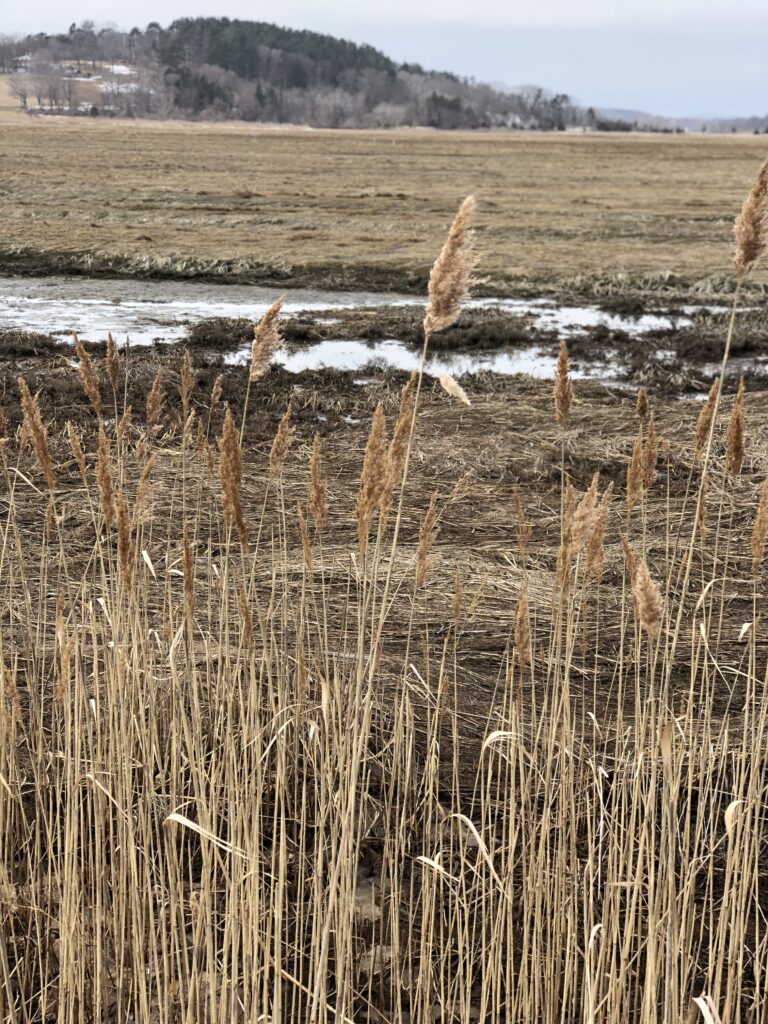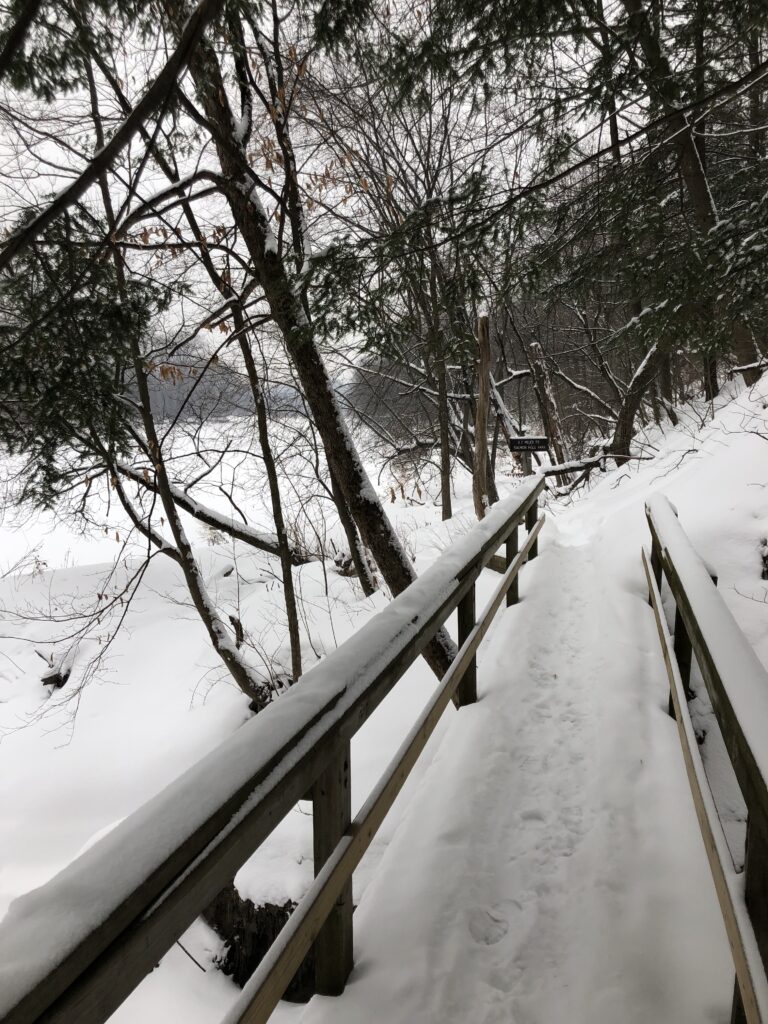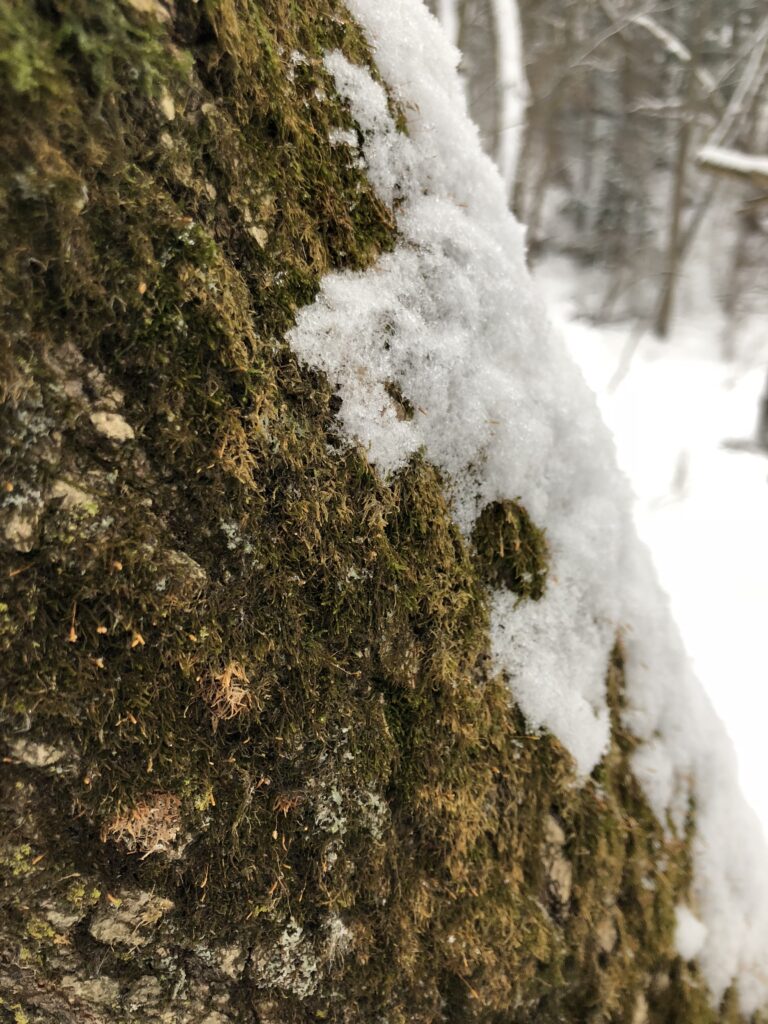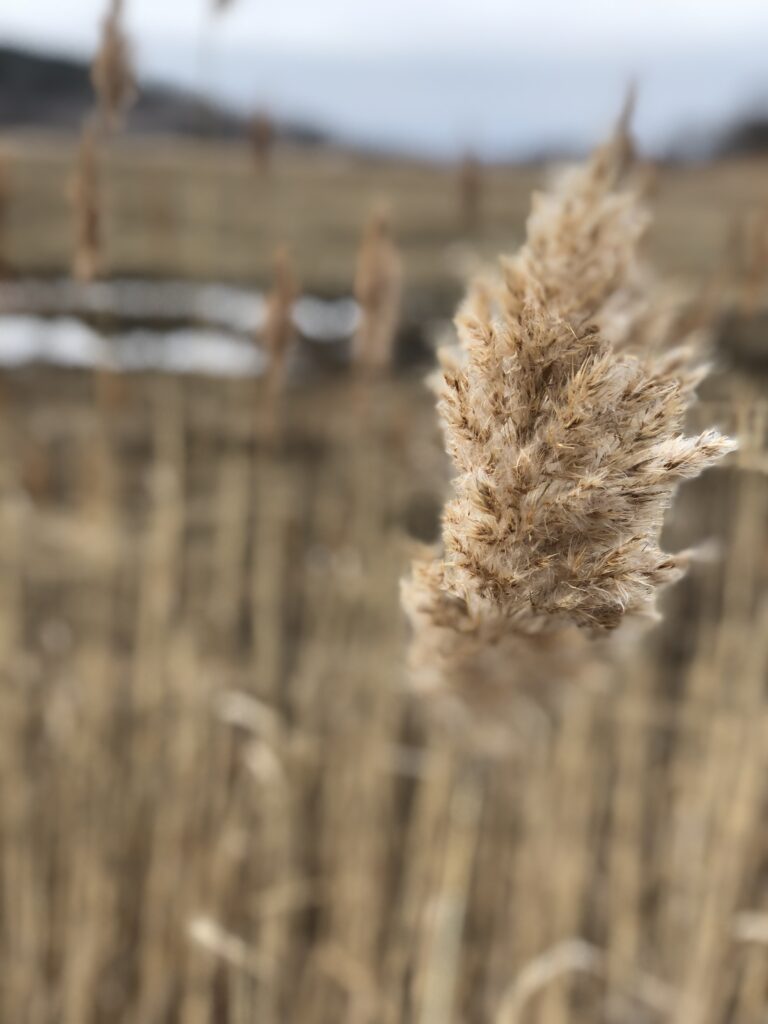
Over this past break I was in a stressed and angry place and really needed a change of pace, so I drove to the beach. The north shore of Massachusetts is only 50 minutes away so I headed up for a day of coastal exploration. I did have a few set destinations in mind, but I mostly drove around with the windows down, slowing to look at the scenery. What I found incredibly beautiful was the salt marshes at this time of year. I can not remember that last time I went to the beach in the winter, it is quite peaceful and arguably just as beautiful. Because of the time of year the grass has died back and though one could argue the brownish yellow grass pales in comparison to the lush green of the summer and fall this time of year give a unique opportunity to view the topography and soil. The tide was also very low at this point which also gave a unique view.
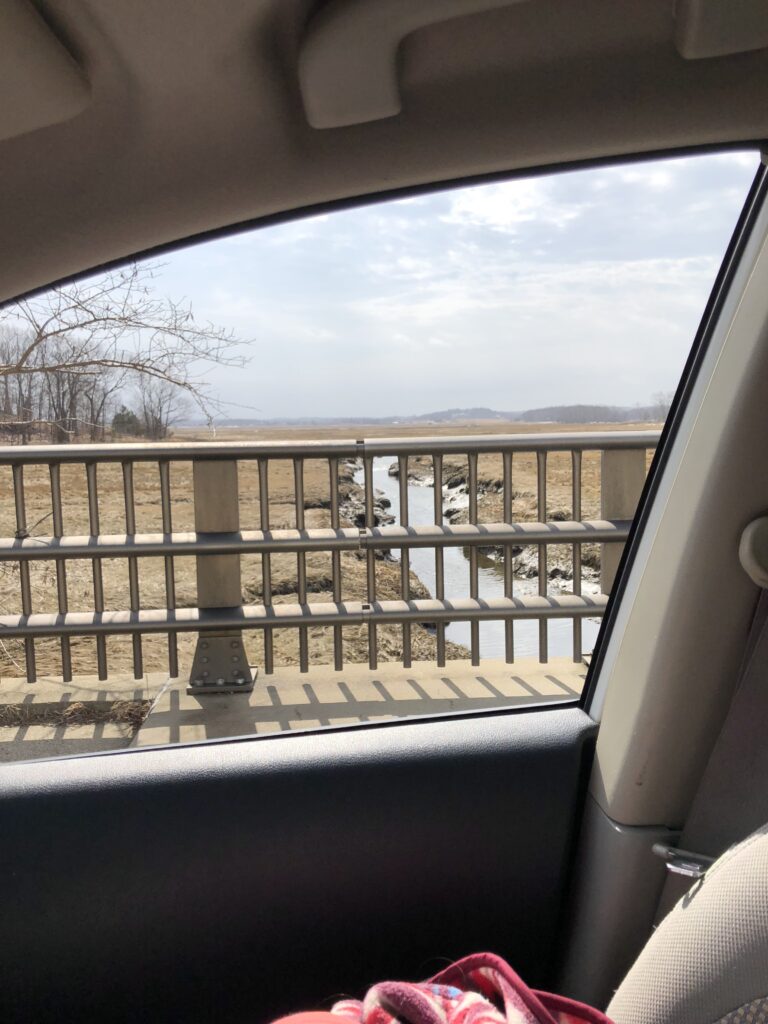
The Massachusetts North shore was carved by the Wisconsin glaciation and was later inhabited by Indigenous groups that migrated seasonally through the are utilizing its various different ecosystems. During colonization, Cape Anne and all along the coast became a large collection of small fishing villages. The area, specifically Rockport, was home to large granite quarries and they used the small port town to transport these large masses of granite to other ports in the country. The are was also home to agriculture and grazing. During low tides, cows would be lead across sand bars to other nearby islands to graze. Now the north shore is still home to local fisheries but also caters to tourism as well. Some other areas I visited are now protected land due to their high levels of biodiversity. The Mass Audubon Society has multiple sanctuaries in the area. There are also many beautiful historical homes, light houses and estates that are now historical monuments.
As for species, I should have paid more attention to the bird species as I didn’t do much listening. At this time of yer it is a pretty barres place and the only thing inhabiting the area are some phragmites and grasses. On the waters edges the rocks were covered in sea weed and the beaches littered with shells of mussels.
Thank you so much for visiting this beautiful place with me!
